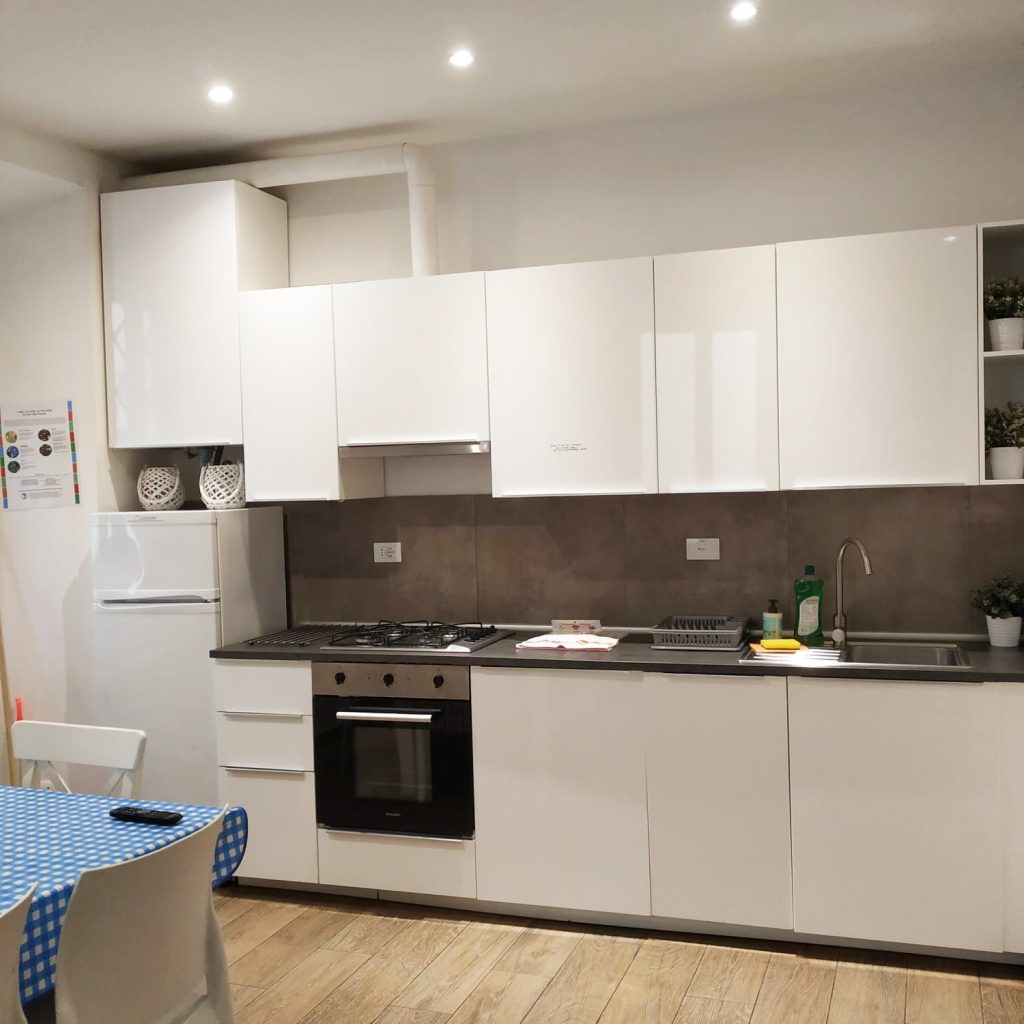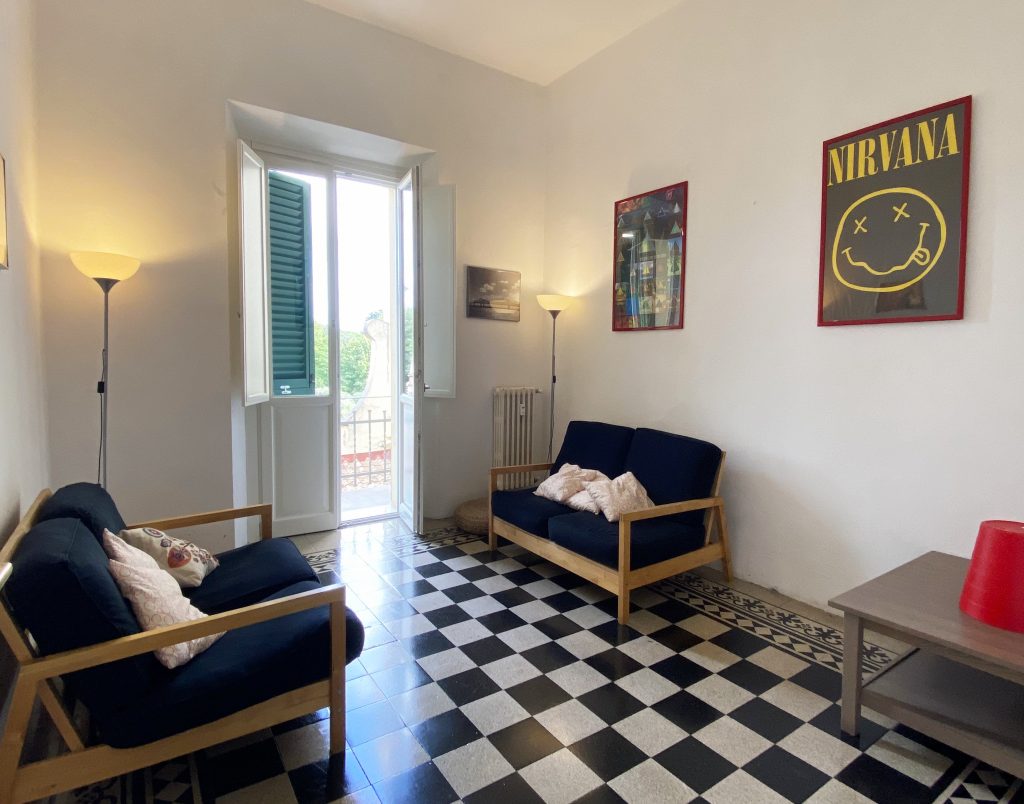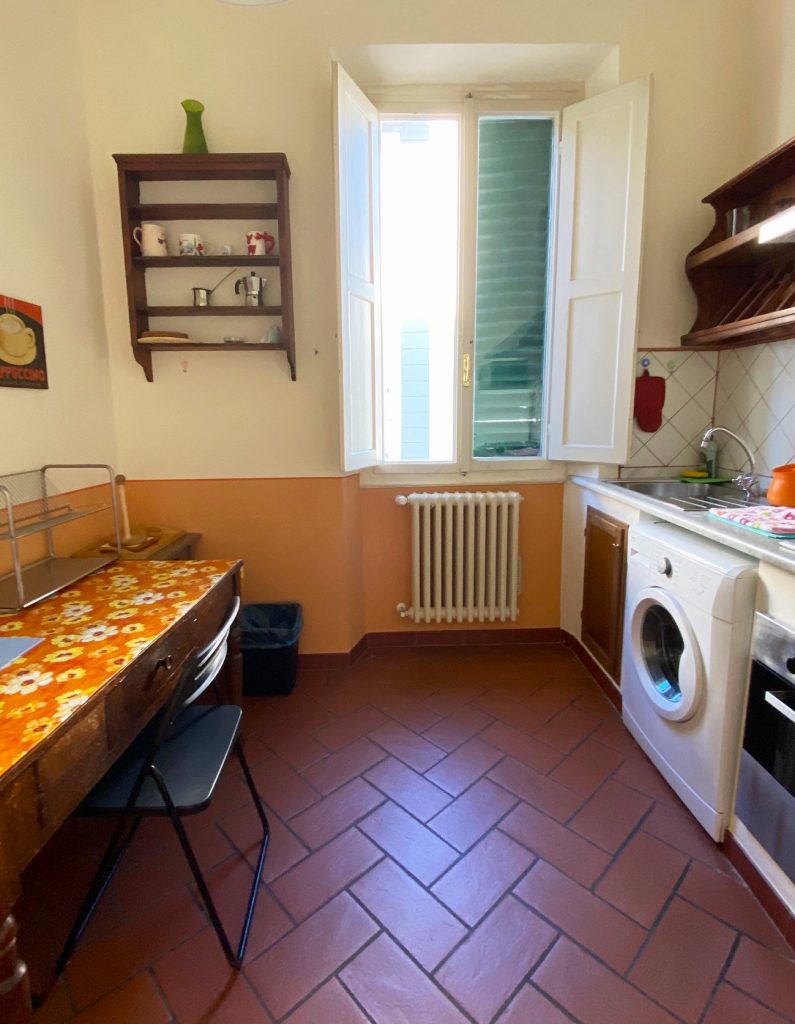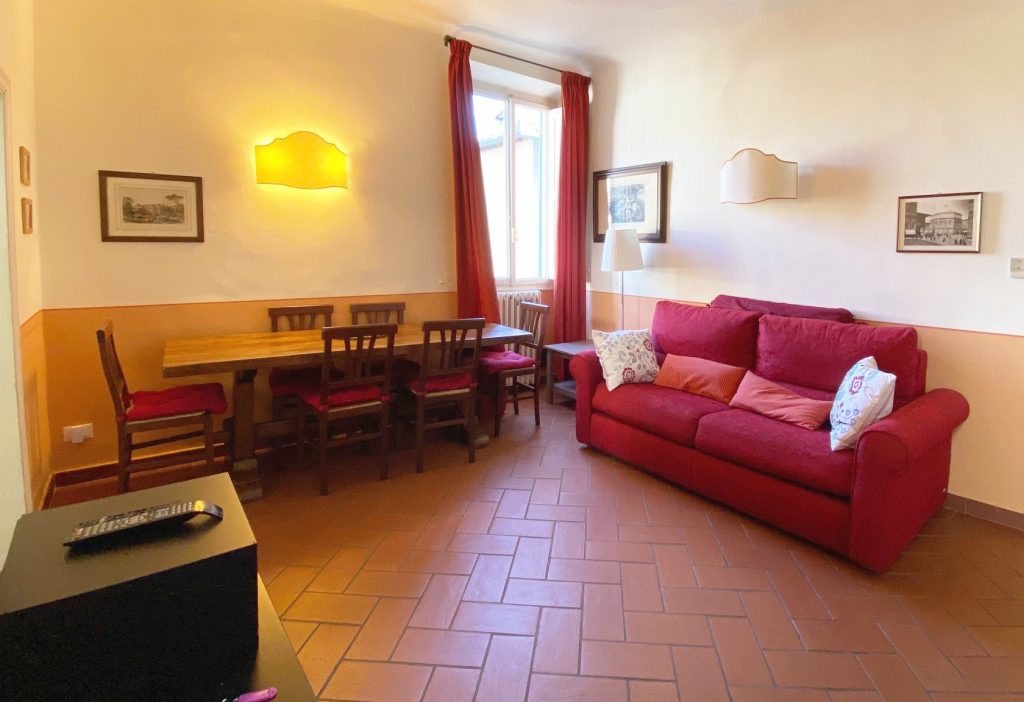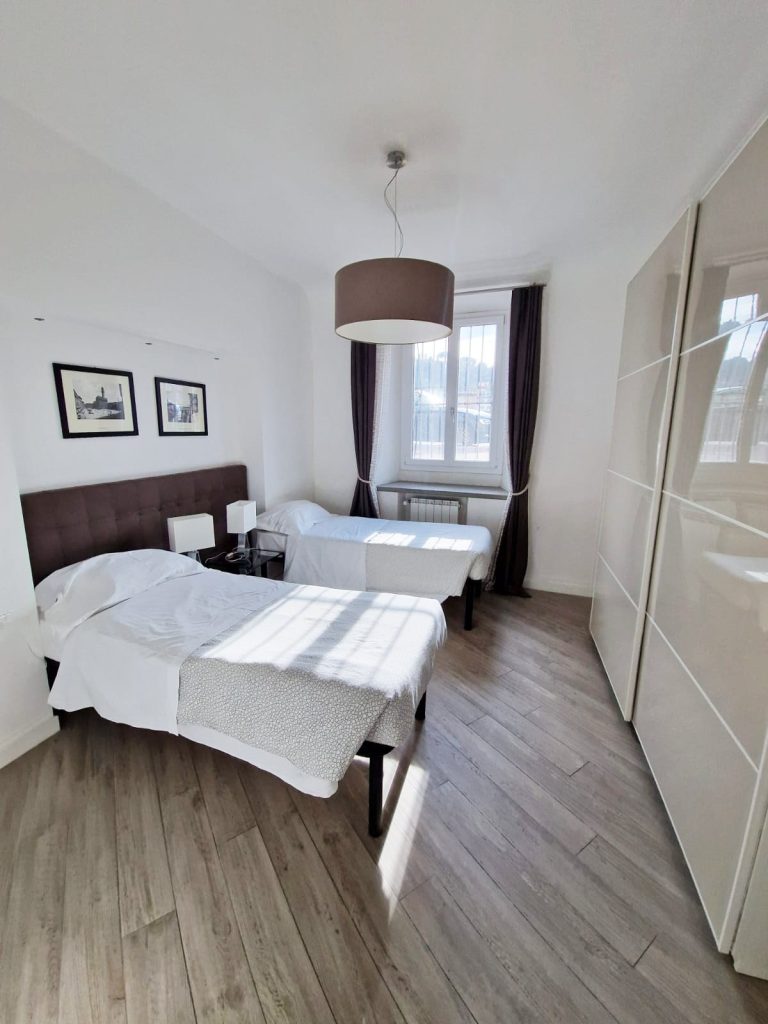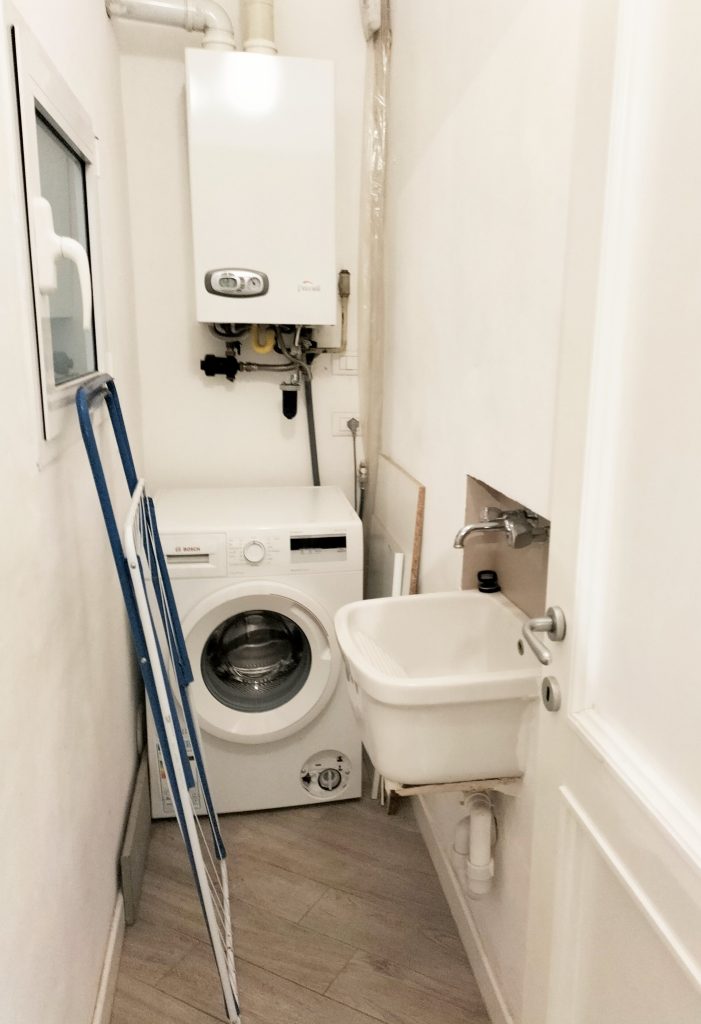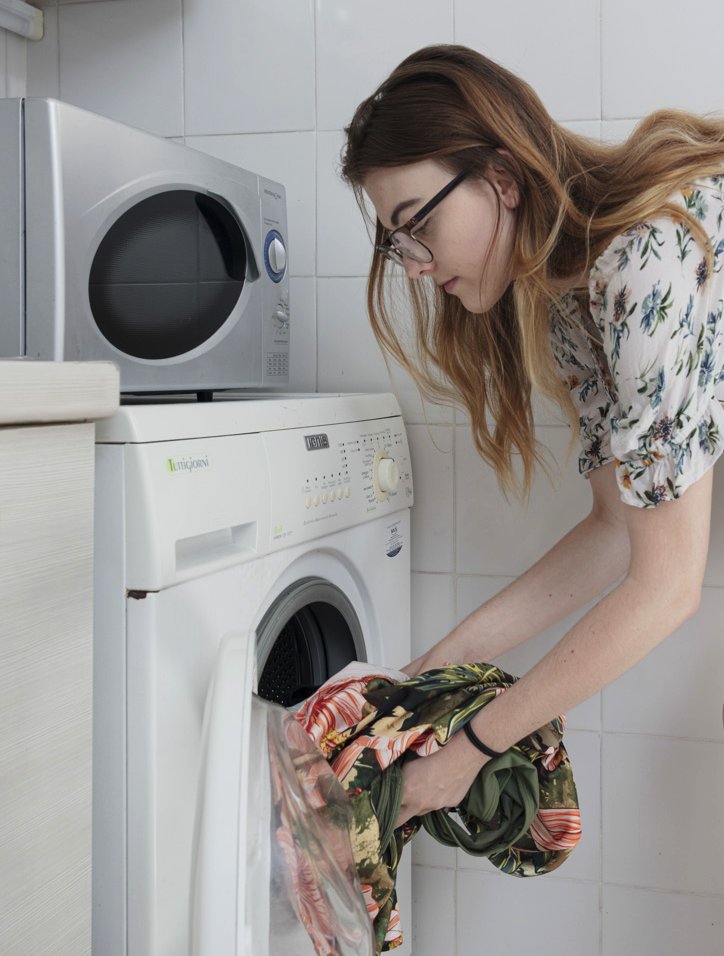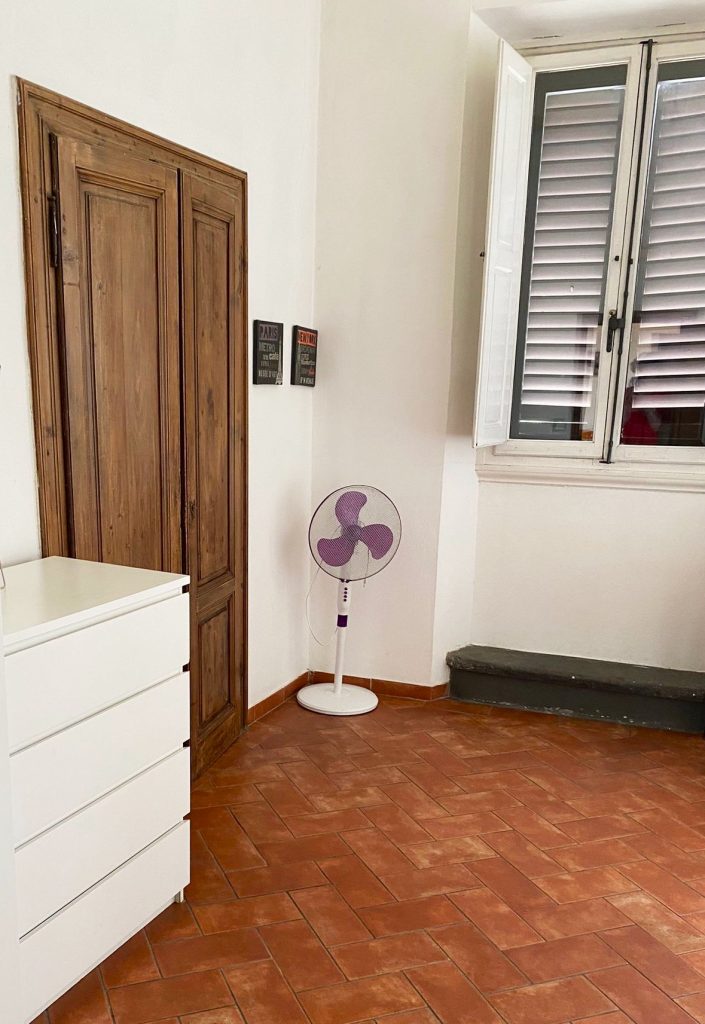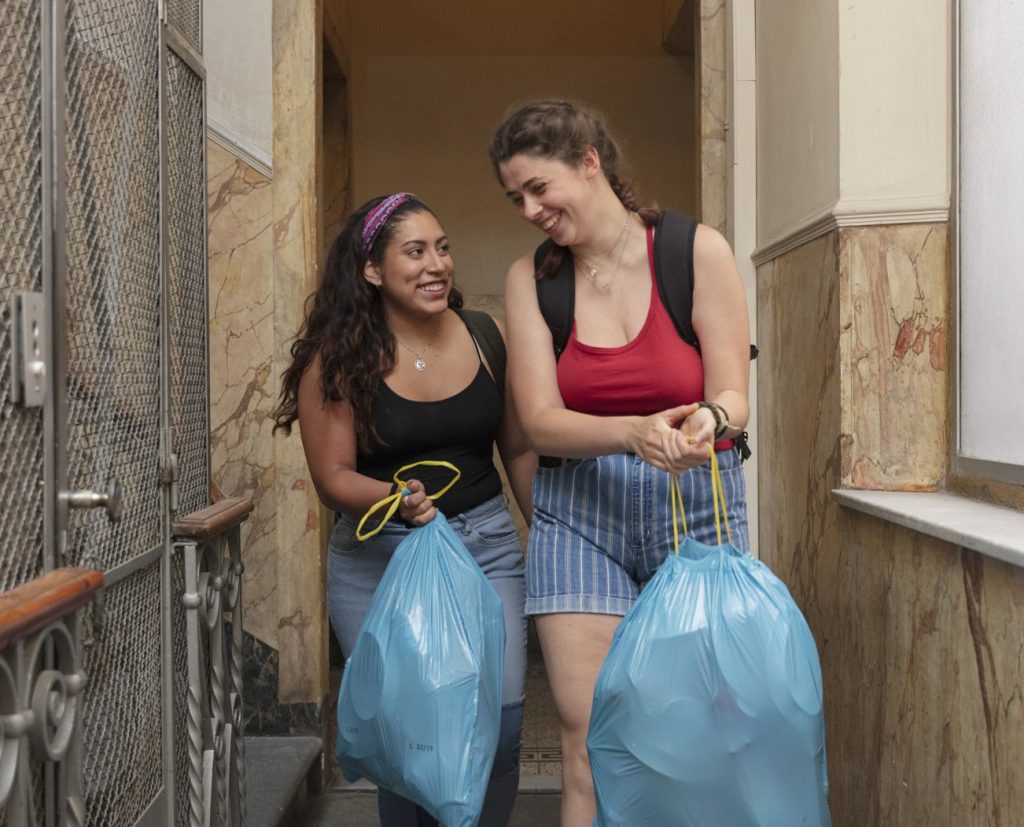Have you ever wondered what traditional Italian housing is like?
As an American studying abroad in Florence, Italy, I have noticed significant differences in the housing compared to what we find in the United States. The most important aspect to consider is the age of Italy as a settled geographic area. Italian buildings were constructed centuries ago and have a rich history. On the contrary, most American homes are less than forty years old as America is a young country. Italy is a highly populated country with much less space available, so apartments are located in buildings with minimal land and the majority of people do not live in stand-alone houses. Just as a comparison, Italy is around the same size (in sq km) as the state of Arizona. In America, houses are put on pieces of land sprawled across a large area because there is an abundance of space. In Florence, housing is more compact, allowing for a more densely populated city. Bedrooms, kitchens, and bathrooms tend to be smaller than what we find in America. In America, homes have a standard “open concept” layout where all the rooms are connected and open. In Italy, most houses do not have this layout and each room has its own door and windows.
The small basin that sits next to the toilette, also known as ‘the bidet’
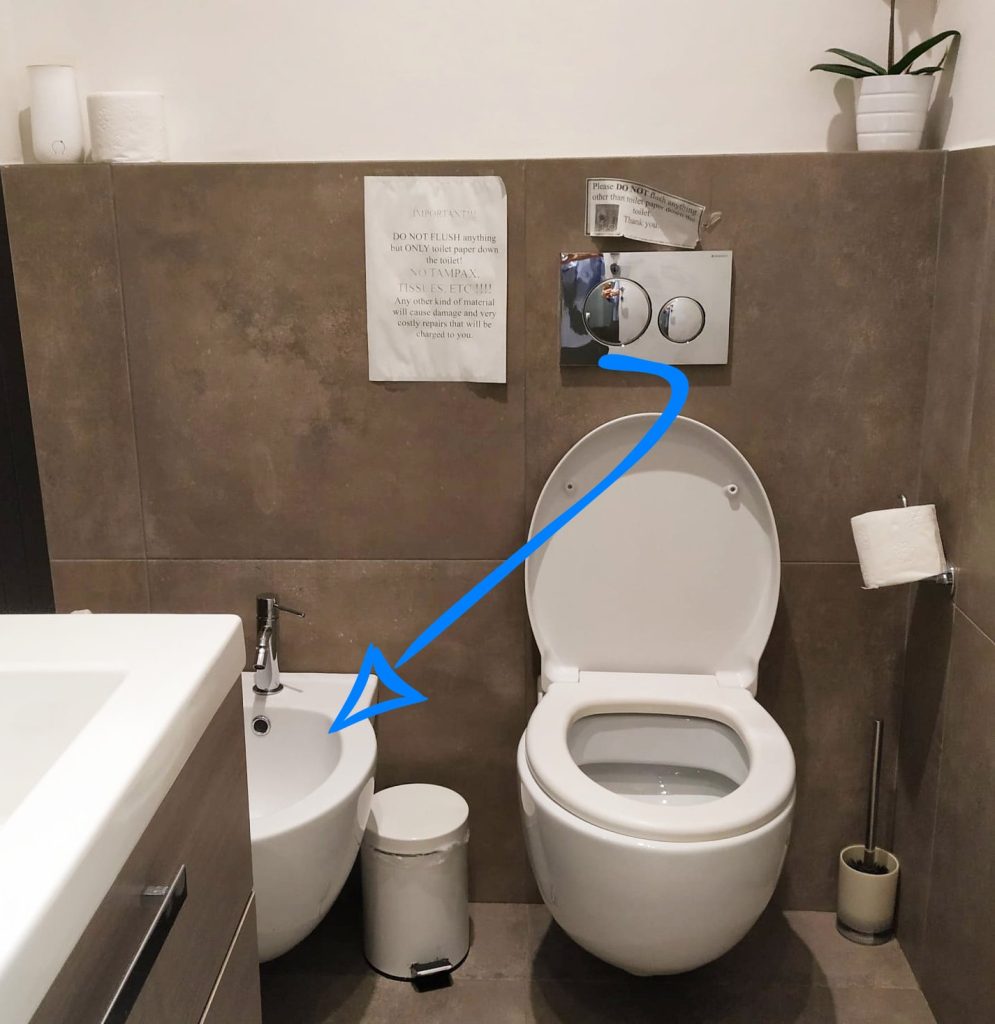
Some interesting amenities you might find in an Italian home include the bidet. This object is a basin placed right next to the toilet that is used for hygienic cleansing after using the bathroom. You may also use it to wash your feet! Bidets are uncommon in the States, but in Italy, you can find one in every bathroom.
Laundry, the Italian way
Italian homes do not have drying machines for clothes. Typically, in America, you put your clothes in the washing machine and then directly in the dryer. In Italy, there is a small washing machine in the apartment, and once it is done, you hang your clothes out either on a clothing line outside the window or a clothing rack inside the apartment. Although it takes more time, it gets the job done!
Understanding the temperature settings in your apartment
Another aspect of Italian homes that is different from American homes is the use of air conditioning and heating. Because the buildings are so old in Italy, most do not have air conditioning; in the summer months, windows are opened to get air circulating. In America, people tend to blast their air conditioning throughout the day. Some Italians believe air conditioning is unhealthy because the body must adjust from the heat to the cold too quickly.
As far as heating, Italian apartments have the heat on for certain hours of the day and never above certain set temperatures. This is due to state laws that regulate the amount of gas consumed and limit CO2 emissions – under the 2015 UN Climate Change Conference agreement, COP21, adopted by 196 countries, including Italy.
The heat comes from radiators which are usually powered by the apartment building. In America, the heating is controlled individually and is on consistently in the colder months.
Trash is a serious matter!
The trash separation in Italian apartments is unique to what we have in America. In Italy, garbage is sorted by category of cardboard, glass, plastic, metal, organic, and residual waste. Each apartment must discard the waste in separate bins that are found outside of the apartment, on the side of the street. Italians take recycling the trash very seriously! In the United States, the separation of trash is optional and handled independently by each household.
I have learned to adjust my living habits to fit those of Italians and I think it is essential to appreciate the differences. Both Italian and American houses have advantages and disadvantages, especially when considering cultural and societal expectations.
This article was written by Isabella Valentine a student from the University of Virginia. During the ISI Florence Spring 2023 semester she took part in the Global Leadership Program – an opportunity for students to develop and enhance their leadership competencies and cross-cultural awareness through the creation and implementation of social activities and reflective initiatives.


